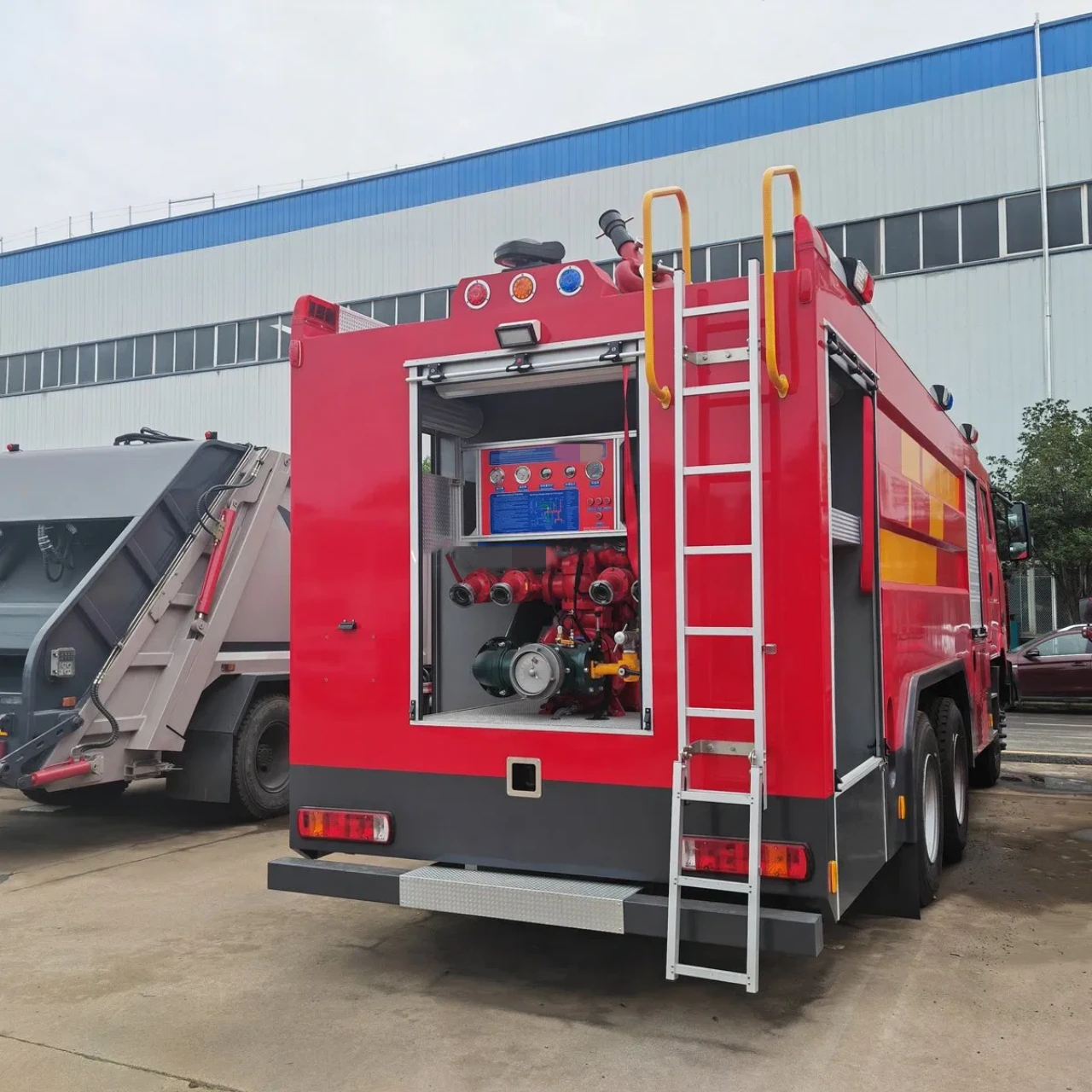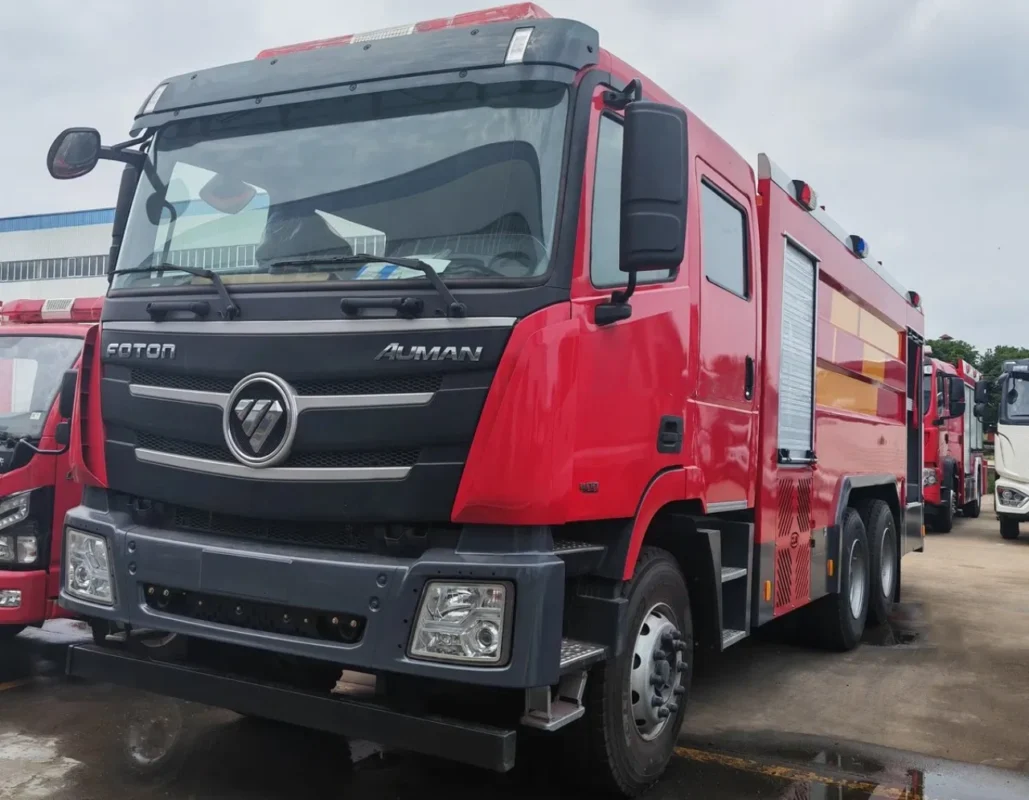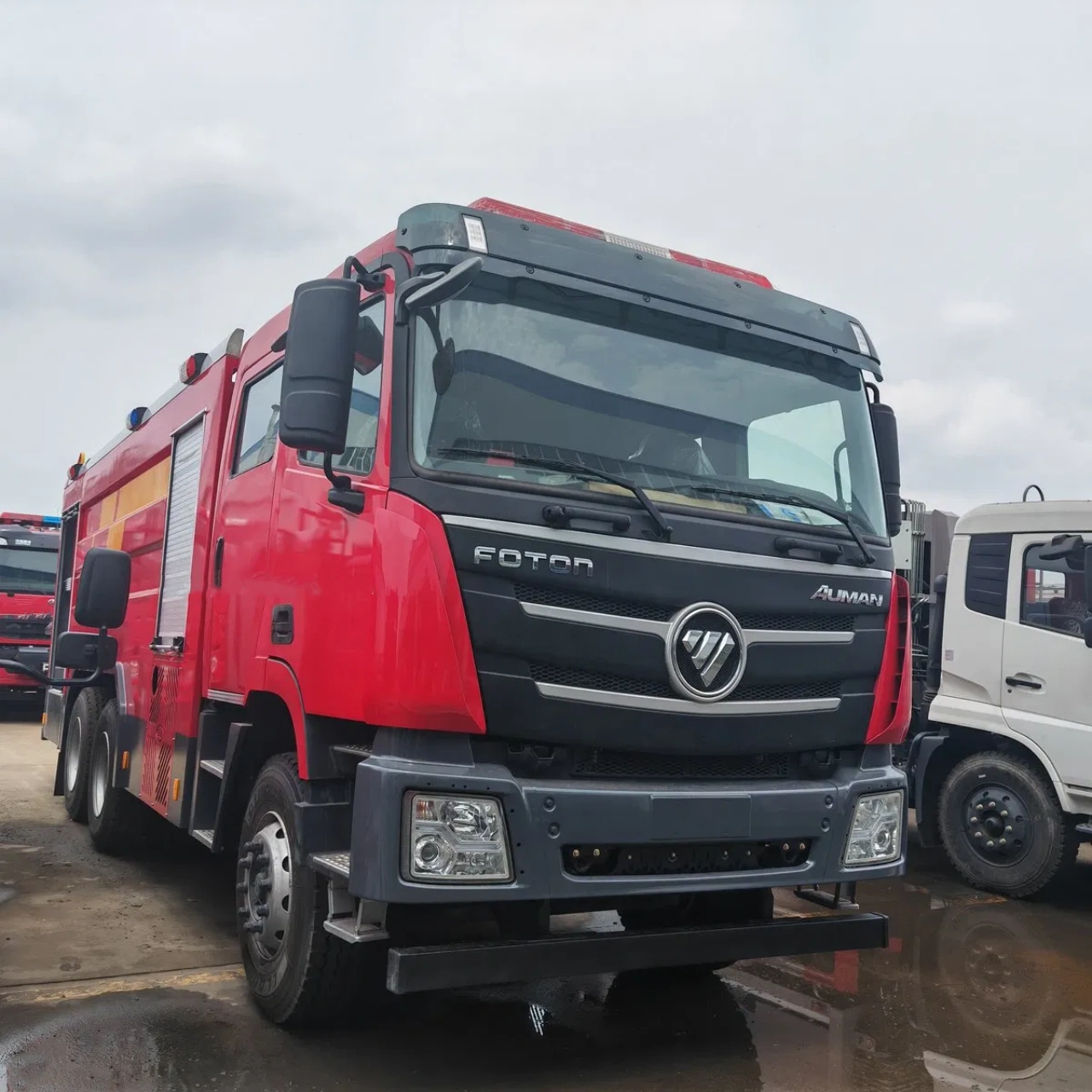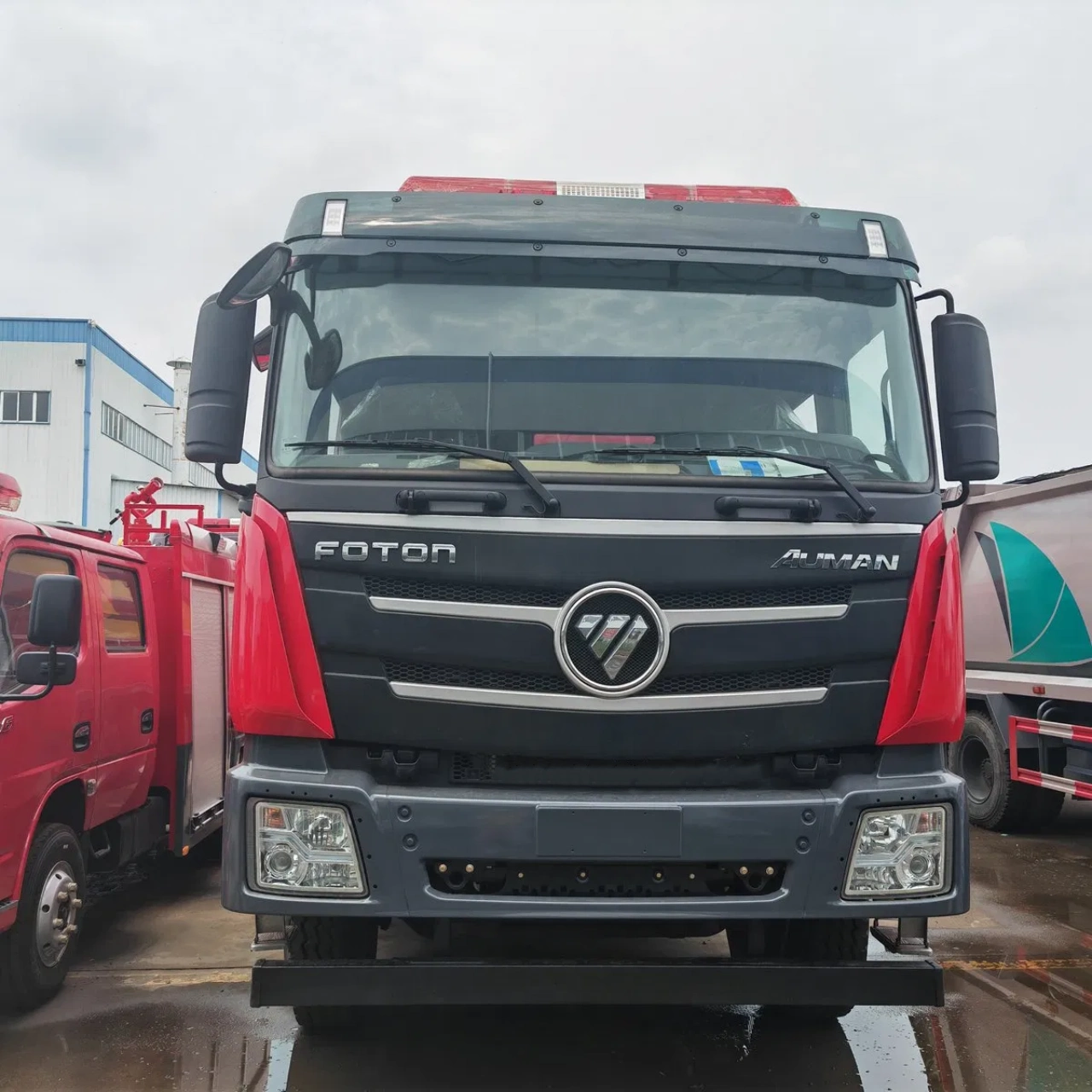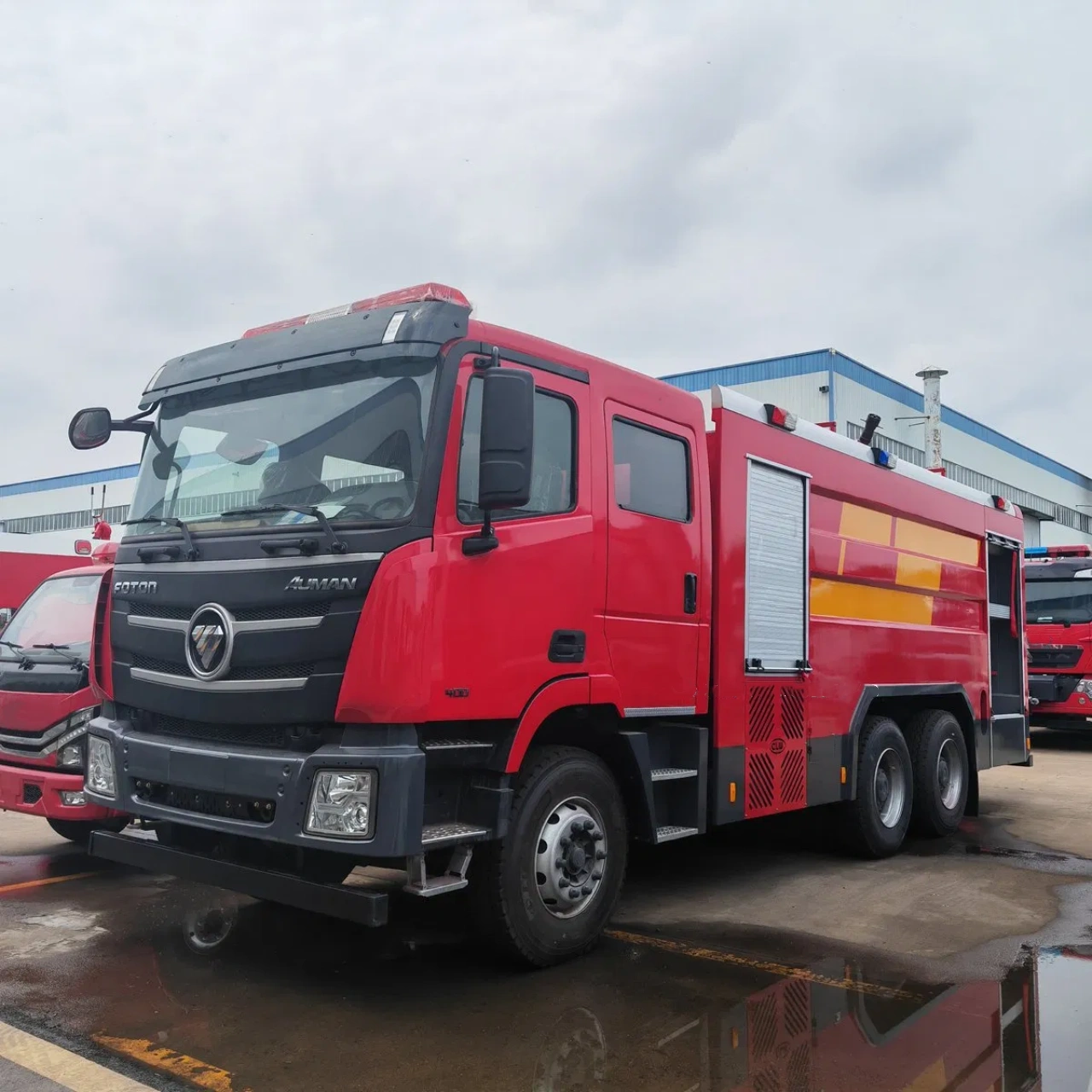Firefighting is one of the most revered and essential services in society, and the equipment used by firefighters has evolved significantly over time. Among the most recognizable icons of this profession is the big red vehicle speeding down the street with sirens blaring—commonly referred to as either a fire truck or a fire engine. While these terms are often used interchangeably by the general public, they refer to different types of firefighting apparatuses. This brings us to the curious and often-debated question: Why is it called a fire engine and not a fire truck? To answer this question, we must explore the history, functionality, and terminological distinctions between these 2 types of emergency vehicles.
Historical Origins: Where Did the Term “Fire Engine” Come From?
The term “fire engine” dates back several centuries and has historical roots in early firefighting technology. In the 17th and 18th centuries, as urban areas grew and fire became a common hazard, inventors began developing machines designed to pump water onto fires. These early machines were mechanical devices powered by manual labor, horse-drawn to the fire scene, and used to pressurize water—hence the term “engine”, referring to a mechanical apparatus. These machines were marvels of their time and were commonly referred to as “fire engines” to emphasize their mechanical and operational nature.
The word “engine” comes from the Latin ingenium, meaning innate quality, especially mental power, which later evolved to mean a mechanical invention. Early fire engines had no onboard water tanks or hoses; they were simply pump mechanisms. Over time, these contraptions were improved with better pumps, water tanks, and eventually, hoses and nozzles for more effective firefighting. The name “fire engine” stuck around because the core functionality—pumping water to suppress fire—remained central to its purpose.
What Exactly is a Fire Engine Today?
In modern fire service terminology, a fire engine (sometimes called a “pumper“) is a vehicle primarily designed for fighting fires by delivering water. Today’s fire engines are equipped with the following features:
- Water tank (usually between 500–1,500 gallons)
- Pump system (commonly rated at 1,000–2,000 gallons per minute)
- Fire hoses and nozzles
- Foam systems (for combating flammable liquid fires)
- Basic firefighting tools such as axes, ladders, and pry bars
- SCBA units (Self-Contained Breathing Apparatus)
The primary role of a fire engine is to transport firefighters and the necessary water and equipment to a fire scene. It also connects to external water sources like hydrants or other fire trucks to maintain a steady flow of water. In essence, the modern fire engine is a self-contained firefighting powerhouse, capable of both supplying water and deploying firefighters into action.
What is a Fire Truck, Then?
A fire truck, on the other hand, is a different beast altogether. While it may look similar to a fire engine, its purpose is more aligned with support and rescue operations than direct firefighting. A fire truck is typically outfitted with:
- Aerial ladders (which can extend 70–100 feet or more)
- Ground ladders of varying lengths
- Heavy rescue tools such as the Jaws of Life
- High-capacity lighting systems
- Ventilation fans
- Ropes, harnesses, and technical rescue equipment
Fire trucks are often referred to as “ladder trucks” or “tower ladders” because their defining feature is the extendable ladder or platform mounted on top. These vehicles do not typically carry large amounts of water or have high-capacity pumps. Instead, their job is to support the engine crews by providing access to high-rise fires, rescuing individuals from elevated structures, and ventilating buildings by opening roofs and windows.
Why the Confusion?
To the untrained eye, fire engines and fire trucks look almost identical. Both are large, brightly colored, covered in lights and sirens, and filled with heroic firefighters. In everyday conversation, people often say “fire truck” when referring to any firefighting vehicle.
This confusion is further amplified by regional language differences. In some areas of the U.S., all firefighting vehicles are commonly called “fire trucks,” while in places like the U.K., “fire engine” is the default term. Even within fire departments, the terminology may vary slightly depending on local customs and operational structures.
However, professionals in the fire service make a clear distinction. Firefighters are trained to differentiate between “engines” (water and hoses) and “trucks” (ladders and tools) because the roles each vehicle plays in emergency response are very specific and critical.
Modern Usage in Fire Departments
Most fire departments today use a combination of fire engines and fire trucks on calls. A typical response to a structure fire might include:
- One or more fire engines: To supply water and attack the fire directly.
- One or more fire trucks: To perform search and rescue, ladder operations, and ventilation.
- Additional support vehicles: For command, medical, or hazardous material response.
Some departments use quint apparatus, which combines features of both an engine and a truck—these have pumps, water tanks, hoses, and an aerial ladder all in one vehicle. The term “quint” comes from the 5 functions it fulfills: pump, water tank, fire hose, aerial ladder, and ground ladders.
So, Why Is It Called a Fire Engine and Not a Fire Truck?
To summarize the answer simply:
- It’s called a fire engine because its primary role is pumping water to fight fires.
- It’s not a fire truck because fire trucks specialize in rescue, ventilation, and ladder operations, not water delivery.
- The “engine” part refers to the mechanical pump system that delivers water at high pressure.
- While the general public often uses “fire truck” for any fire vehicle, the term “fire engine” has historical and functional specificity in fire service terminology.
Conclusion
Understanding the difference between a fire engine and a fire truck may seem like splitting hairs, but it reflects a broader appreciation for the sophistication of modern firefighting. Each piece of apparatus has a specific purpose and role on the fireground. Knowing the distinction can give the public a better understanding of how fire departments operate and the complexity behind those flashing red lights.
So, next time you see a big red vehicle racing by, take a moment to look closer—does it have a massive pump panel and hoses? Or does it boast a towering ladder? Now you’ll know: that’s the difference between a fire engine and a fire truck. And now you also know why it’s called a fire engine and not a fire truck.
